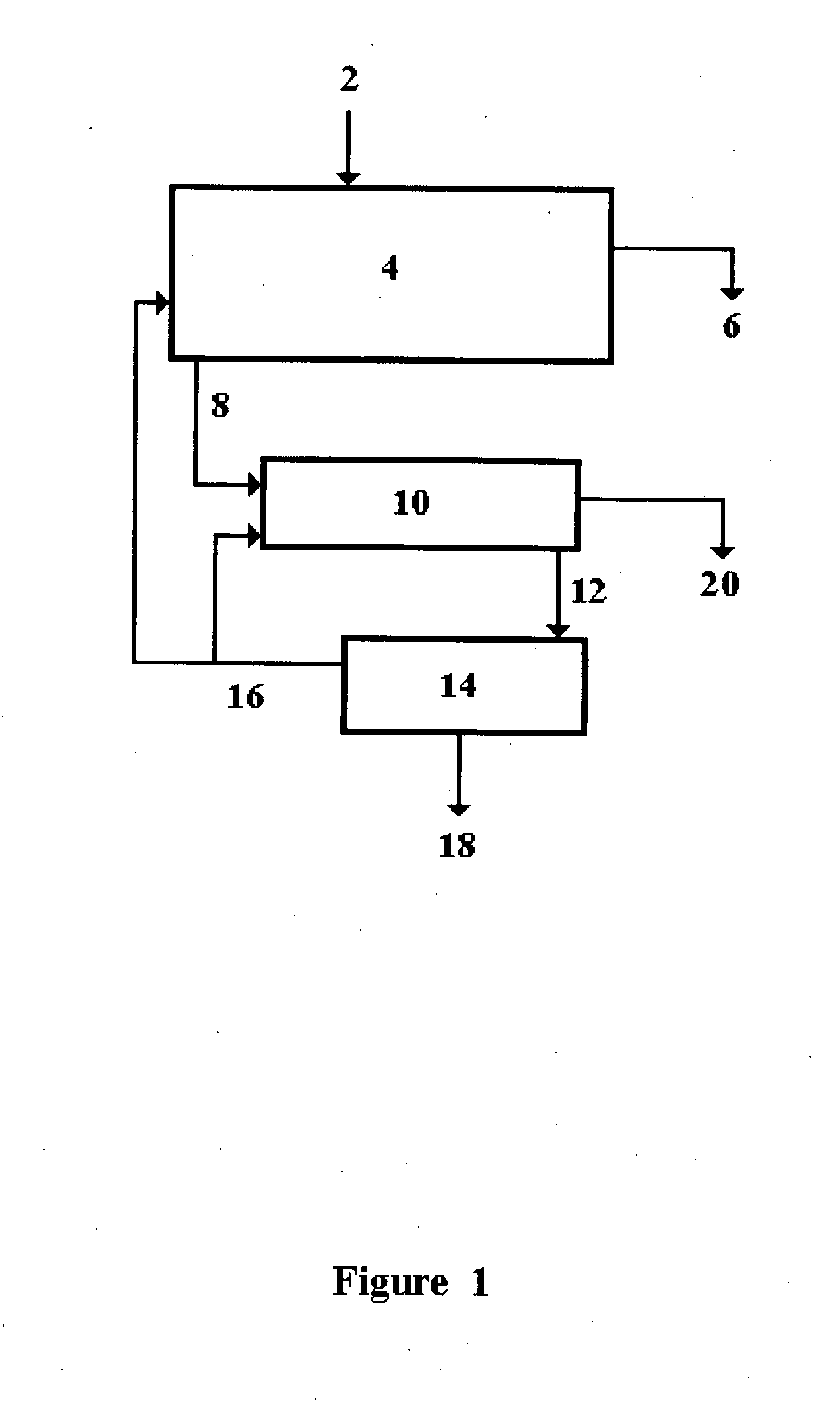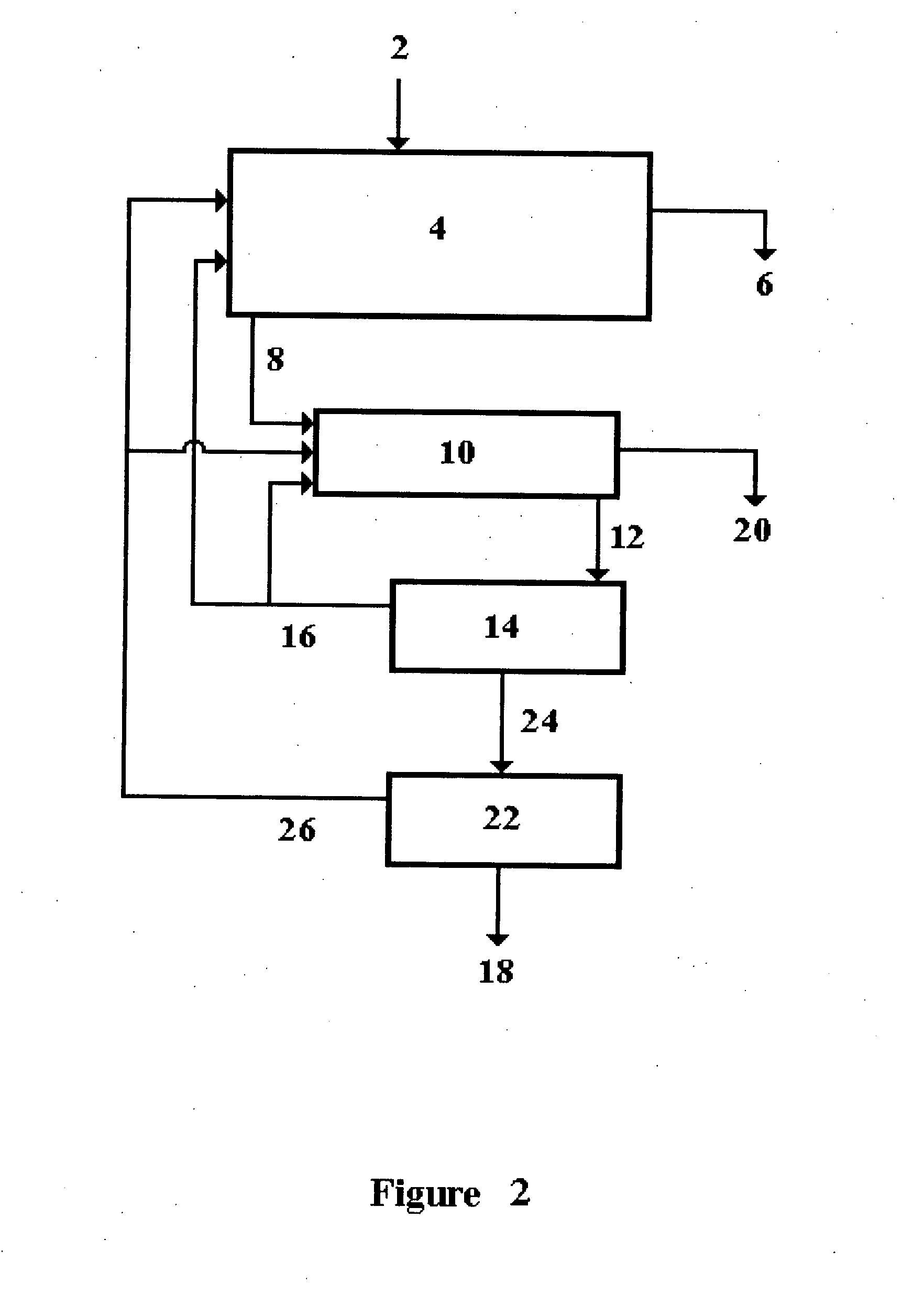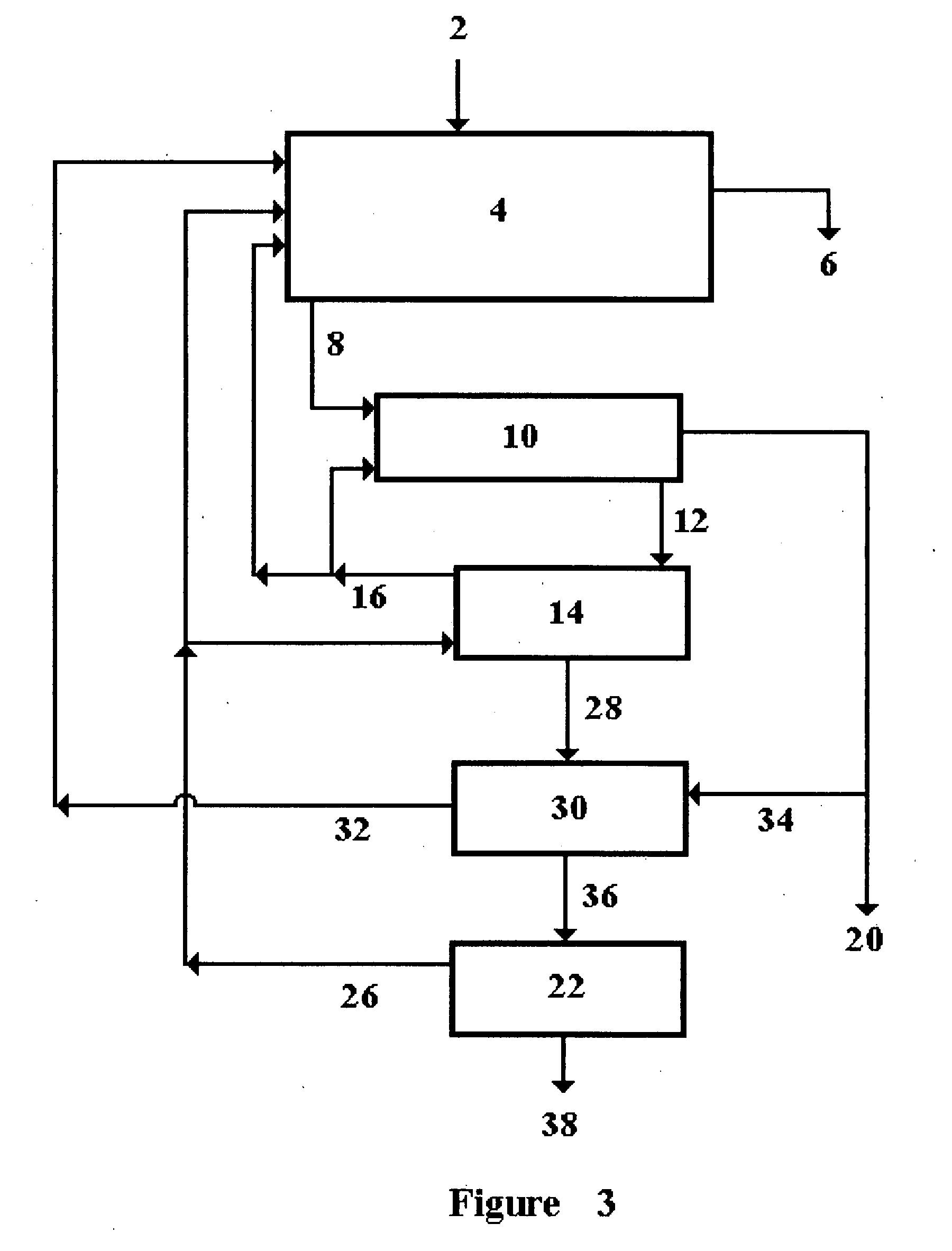System for producing food and feed
a technology for food and feed, applied in the field of system for producing food and/or feed, can solve the problems of reducing fish populations, drinking water supply, and threatening fish populations, and reducing so as to reduce the impact of atmospheric carbon dioxide on global warming, or minimize the effect of pollution of ground and surface waters
- Summary
- Abstract
- Description
- Claims
- Application Information
AI Technical Summary
Benefits of technology
Problems solved by technology
Method used
Image
Examples
Embodiment Construction
[0037]The present invention includes a method of agricultural production in which diverse mixed plant communities are grown, maintained, and partially harvested in a periodic manner so that significant quantities of carbon are sequestered within the persisting plant communities. The periodically harvested plant material is collected and concentrated in a physically defined space. There it is microbially broken down, converted into a microbial biomass which is processed into food for human consumption or animal feeds, or is fed to one or more varieties of small intermediary animals which are in turn used directly for food, used as an animal feed, or used as a raw material for the production of processed foods and animal feeds. The animal excreta or unused byproducts of each stage of production may be recycled back to prior stages where they are used as inputs of nutrients and biodegradable raw materials. Water may also be recycled within the system and parts of the microbial growth s...
PUM
| Property | Measurement | Unit |
|---|---|---|
| concentration | aaaaa | aaaaa |
| area | aaaaa | aaaaa |
| production area | aaaaa | aaaaa |
Abstract
Description
Claims
Application Information
 Login to View More
Login to View More - R&D
- Intellectual Property
- Life Sciences
- Materials
- Tech Scout
- Unparalleled Data Quality
- Higher Quality Content
- 60% Fewer Hallucinations
Browse by: Latest US Patents, China's latest patents, Technical Efficacy Thesaurus, Application Domain, Technology Topic, Popular Technical Reports.
© 2025 PatSnap. All rights reserved.Legal|Privacy policy|Modern Slavery Act Transparency Statement|Sitemap|About US| Contact US: help@patsnap.com



